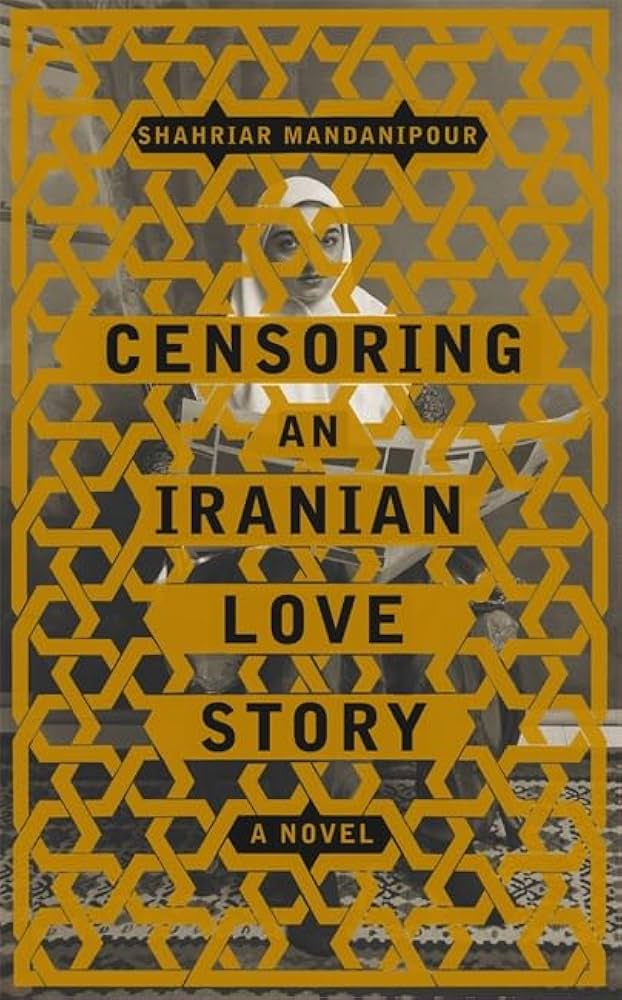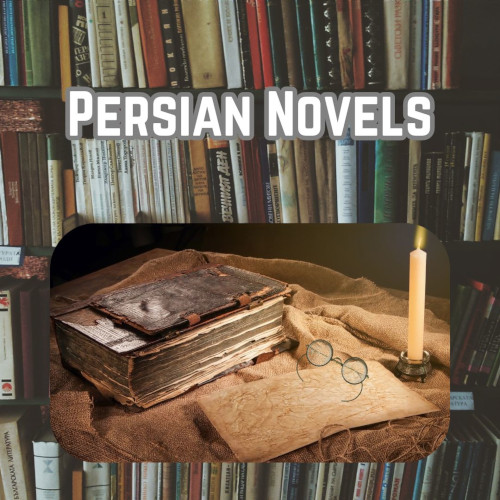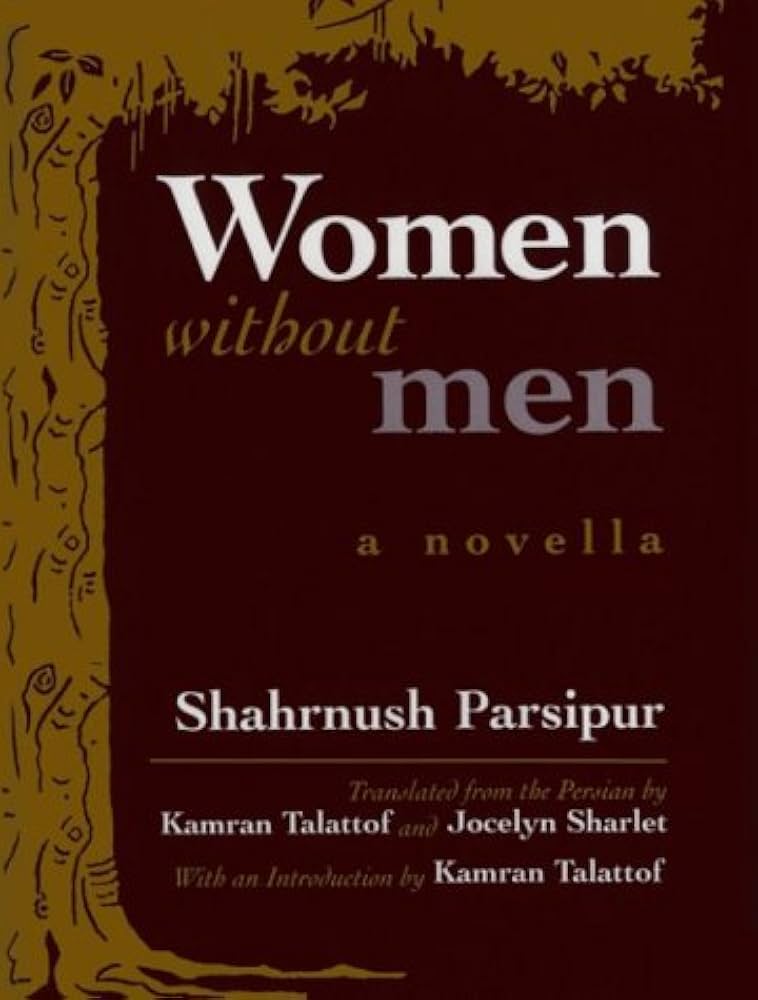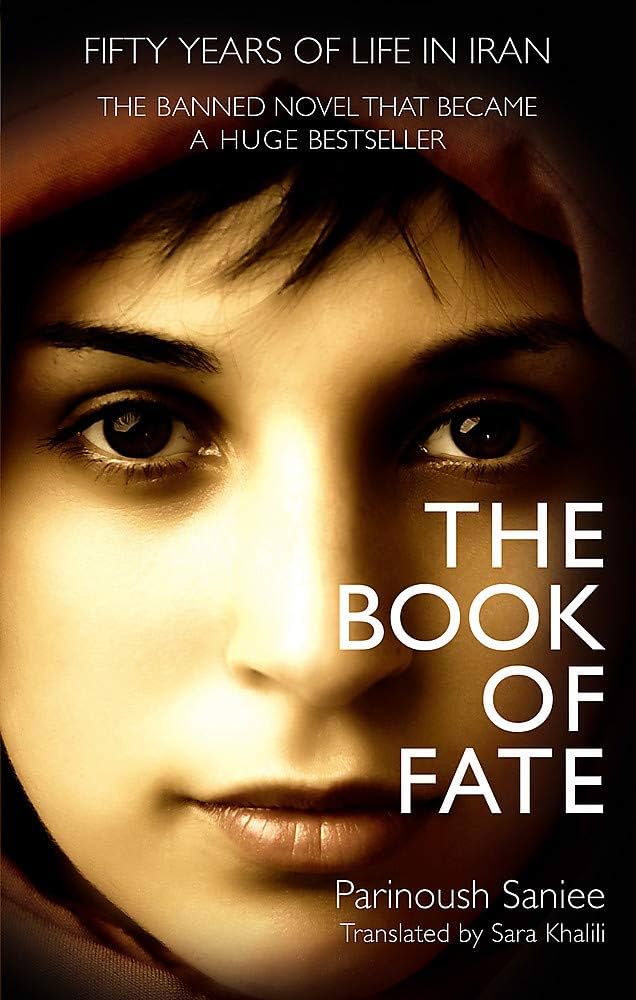Censoring an Iranian Love Story

Author: Shahriar Mandanipour
Genre: Metafiction and literary romance
Publication Year: 2009
Censoring an Iranian Love Story by Shahriar Mandanipour is an inventive, multilayered novel that explores love, censorship, and creative freedom in contemporary Iran. Published in 2009, it follows a writer’s attempt to craft a love story within the constraints of Iranian censorship, interweaving a fictional romance with the writer’s own struggles with state restrictions on art and expression. The novel offers both a tender love story and a satirical critique of authoritarian control, blending reality and metafiction in a unique narrative style.
Genre
Censoring an Iranian Love Story is a work of metafiction and literary romance, incorporating elements of satire and social critique. Its metafictional structure creates a layered reading experience, where the writing process and the love story exist side-by-side.
Description
The novel follows an Iranian writer who sets out to tell the love story of two young people, Sara and Dara, in Tehran. Their romance is complicated by the conservative laws and social norms that prevent men and women from freely interacting. As the writer crafts his tale, he is forced to navigate Iran’s censorship laws, often cutting, altering, or reimagining scenes to appease the censors. Mandanipour’s narrative is presented in two parallel texts—one the uncensored story in his mind, and the other the story he submits, with many parts blacked out or altered to conform with censorship rules.
Through this structure, the novel exposes the absurdities of censorship, revealing how it warps art and restricts human connection. The writer’s struggle to keep his characters’ love story intact becomes a poignant commentary on the power of creativity, resilience, and love in a society constrained by authoritarian control.
Review
Censoring an Iranian Love Story is a brilliantly inventive novel that examines love and creativity under the weight of censorship. Shahriar Mandanipour’s writing is layered and insightful, capturing both the tenderness of a love story and the darker realities of state control. The novel’s dual narrative—where readers see both the “approved” and “true” versions of the story—creates a powerful tension that keeps readers engaged and offers a unique view into the impact of censorship on both art and everyday life.
One of the novel’s greatest strengths lies in Mandanipour’s playful yet incisive use of metafiction. By embedding the writer’s creative process within the story itself, he offers readers a rare glimpse into the struggles of artists living under authoritarian regimes. The characters, Sara and Dara, emerge as symbols of resilience and longing, embodying the quiet resistance of those who yearn for personal freedom. Their romance, though constantly under threat from the censor’s red pen, shines through as an expression of beauty and hope amid the bleakness of their society’s restrictions.
Mandanipour’s language is both poetic and satirical, allowing him to explore serious themes without losing a sense of humor or warmth. His narrative style draws attention to the ironies of censorship, revealing how absurd and arbitrary regulations stifle not only art but also the possibility of authentic human connection. In addition, the novel’s commentary on the ways that censorship manipulates art gives readers a profound sense of the toll that repression takes on culture and individual identity.
Censoring an Iranian Love Story is a thought-provoking and emotionally resonant novel that will appeal to fans of both literary romance and political satire. It offers a fresh perspective on Iranian society, shedding light on the quiet defiance of its people and the creativity they wield in the face of repression. Shahriar Mandanipour has crafted a powerful story that explores the enduring power of love and the resilience of the human spirit—a story that transcends borders, bringing readers into the heart of a censored society where art, love, and freedom still find ways to survive.



